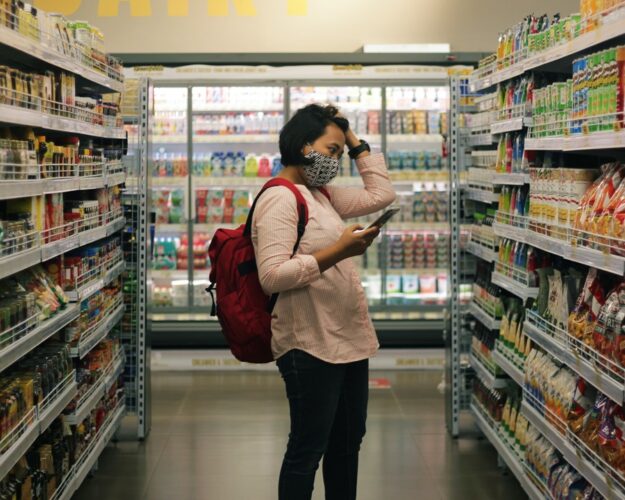Recent research reveals another disastrous effect of Russia’s invasion of Ukraine, one that will have an impact on both the environment and the world’s food security.
Russian President Vladimir Putin’s decision to start a war in Ukraine has had far-reaching effects that go beyond the borders of the two nations, impacting every aspect of life on Earth, including food security.
Many people were concerned that an armed conflict between two of the world’s breadbaskets would cause food prices to soar and food poverty to spread around the world, but the impact was less severe than anticipated. A recent study suggests that the increase in fertilizer costs may be one of this war’s most damaging side effects.
The impacts of export limits and increases in production costs on food prices, health, and land use were simulated by researchers using a global land use computer model until 2040.
According to their estimates, the combined effects of export limits, rising energy prices, and mid-2022 fertilizer prices—which are three times higher than at the start of the previous year—could result in an 81% increase in food prices in 2023 compared to 2021 levels.
The age of inexpensive food may be coming to an end, according to Peter Alexander of the School of GeoSciences. The poorest members of society, who may already find it difficult to purchase enough nutritious food, will be struck the hardest, even though practically everyone would feel the consequences on their weekly shop.
Only a small portion of the predicted price increases are attributable to export restrictions, according to the researchers. Food prices would rise by 2.6% in 2023 if shipments from Russia and Ukraine were stopped, but prices for energy and fertilizer would surge by 74%.
Researchers predicted that rising food prices will result in worse diets for many individuals.
According to the findings, if high fertilizer costs persist, there might be up to one million extra fatalities and more than 100 million cases of severe malnutrition. The Middle East, North Africa, and Sub-Saharan Africa would have the largest rises in mortality.
“The Black Sea Grain Initiative is a welcome development and has largely allowed Ukraine food exports to be re-established, but the immediacy of these issues appears to have diverted attention away from the impact of fertilizer prices,” Alexander said. “While fertilizer prices are coming down from the peaks of earlier this year, they remain high and this may still feed through to continued high food price inflation in 2023. More needs to be done to break the link between higher food prices and harm to human health and the environment.”
According to the European Central Bank, the oil crisis, international unrest, a deteriorating world economy, and tightening financial conditions will cause the eurozone economy to decrease in the current and next quarters.
To help curb food shortage, the UN FAO and WTO conducted a study and made a number of strong suggestions to the G20 governments, an international body made up of 19 nations and the European Union, all of which were aimed at reducing problems with the food supply caused by the shortages.
The WTO and FAO study recommends “mobilizing foreign financial help” and putting in place instruments like “fertilizer contract swaps” to do this while reducing farmer expenses.
Moreover, in late November a press release confirmed the relaunch of operations of Lithuanian fertilizer manufacturer Lifosa, a subsidiary of the Swiss EuroChem Group AG.
“With the need to continue fertilizer supplies to key target markets in Europe and the Americas and the importance of Lifosa to Lithuania, we are pleased that we will be able to restart production in the short term,” Brikho noted.
The announcement further emphasized that removing restrictions on obtaining premium raw materials from EuroChem would allow Lifosa to once again meet the high cadmium limits imposed by the EU Commission.



